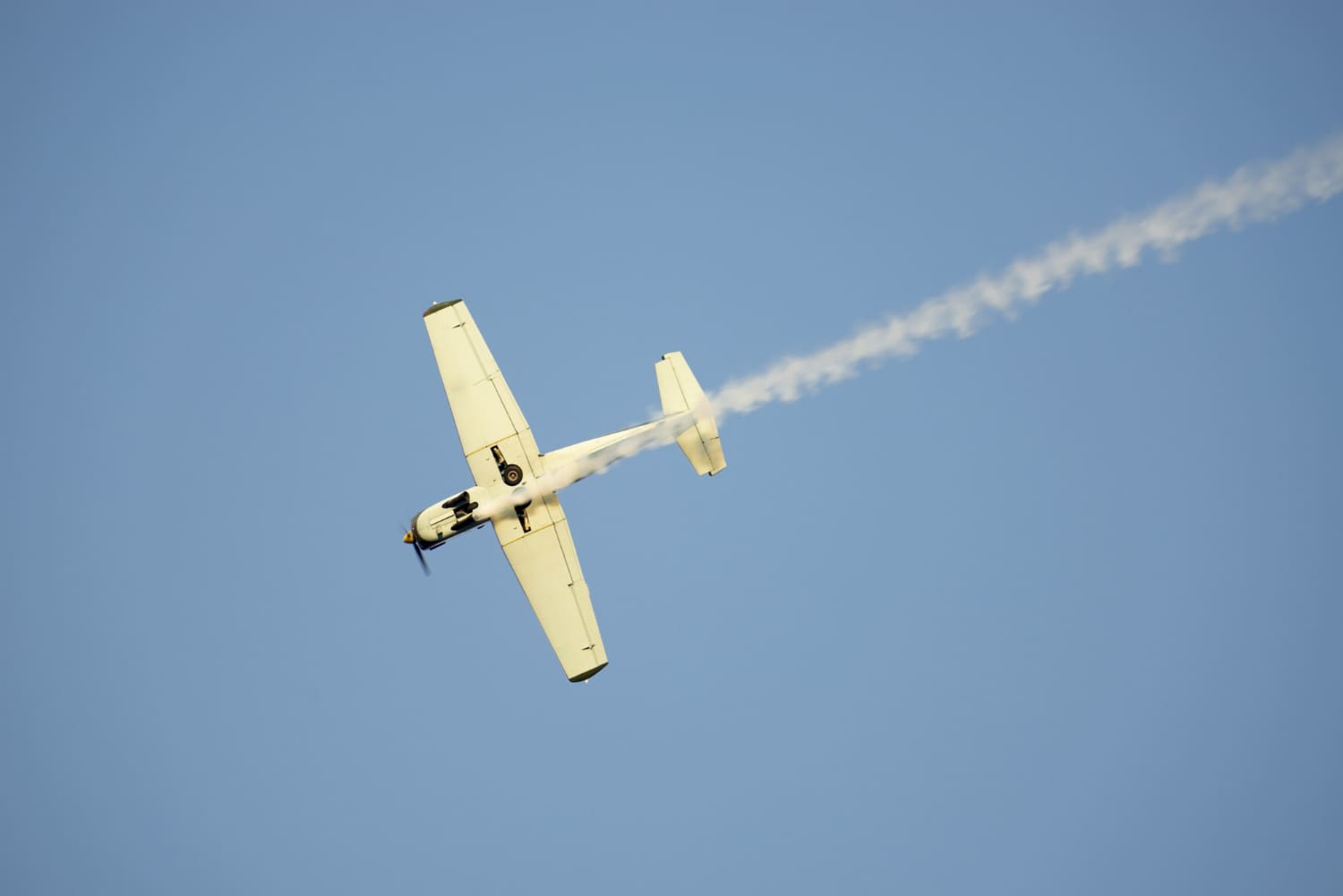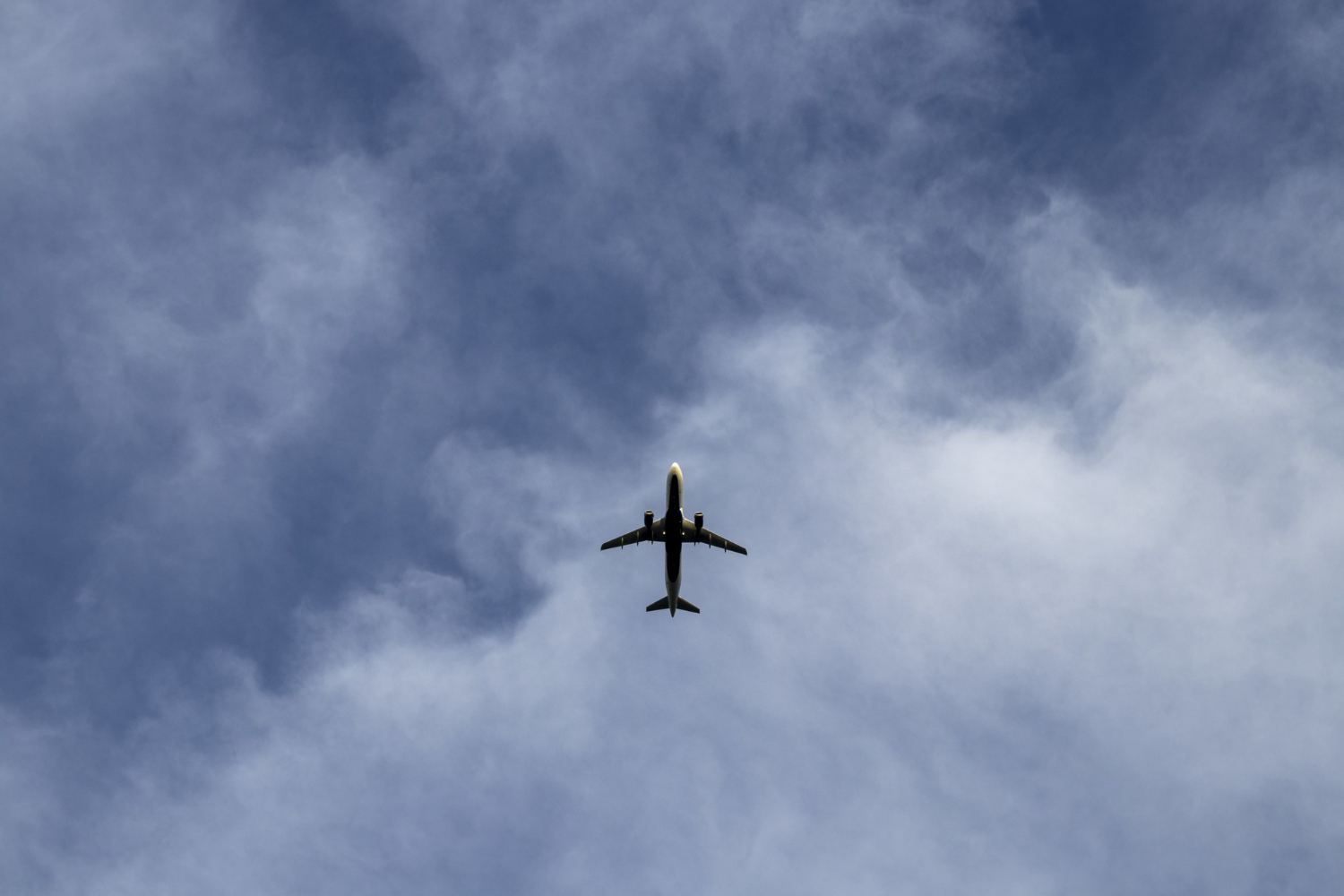In aviation, there are systems that, although often unnoticed, are absolutely essential. One of these is the airplane black box. This device, both durable and precise, helps to understand what happened during a flight in the event of an incident. Its role is key to improving flight safety.
What Is the Black Box of an Airplane?
The so-called black box is not a single device. In fact, it refers to two separate elements: the Flight Data Recorder (FDR) and the Cockpit Voice Recorder (CVR). Both are responsible for recording technical flight information and everything that happens in the cockpit.
Despite its name, it is not black. Instead, the black box is bright orange with reflective stripes. This design helps make it easier to locate after an accident. The term “black box” comes from technical language, but its actual appearance is very different.
Design and Durability
These devices are designed to withstand extreme conditions. They can endure very high temperatures, violent impacts, and strong pressure. Their outer casing is made from materials such as titanium or stainless steel.
Black boxes in airplanes are usually located at the rear of the fuselage. This area is considered safer in case of impact. In addition, they are equipped with an underwater locator beacon that emits signals for up to 30 days if submerged in the ocean.
What Does an Airplane Black Box Record?
The FDR records technical parameters such as speed, altitude, position, acceleration, heading, and more. Meanwhile, the CVR captures cockpit audio, including pilot voices, alarms, and communications with the control tower.
Both recorders operate in continuous loops. In other words, older data is automatically overwritten to keep the most recent information. Typically, the CVR stores the last two hours, and the FDR can retain up to 25 hours of flight data.
A Tool for Air Safety
After an accident, retrieving the black boxes becomes a top priority. Thanks to the data they contain, it is possible to reconstruct the sequence of events with precision. This helps to identify human error, technical failures, or unexpected weather conditions.
These recordings make it possible to prevent similar incidents in the future. That’s why black boxes in aviation are vital tools for analysis and continuous improvement across the entire air transport industry.
Technological Evolution
Over time, black boxes have evolved significantly. Today, they are lighter and capable of recording much more information. Furthermore, researchers are exploring the possibility of transmitting data in real time during flights.
The future could include virtual black boxes, with satellite transmission to secure servers. This would allow for faster response in case of emergencies.
In addition, artificial intelligence applications are being explored. These could detect in-flight anomalies and activate automatic alerts. This would make prevention even more effective.
A Silent but Vital Element
Most passengers are unaware of its presence. However, black boxes are fundamental. Thanks to them, many tragedies have been avoided, and major improvements have been introduced across the aviation industry.
Contact EAS to discover many more fascinating facts like this one and to begin your journey toward becoming a true aviation professional.
